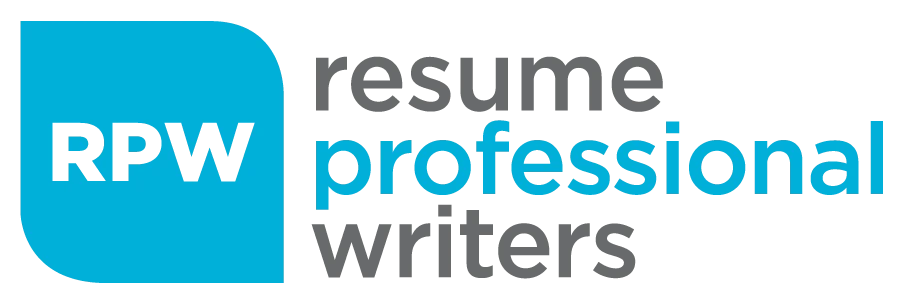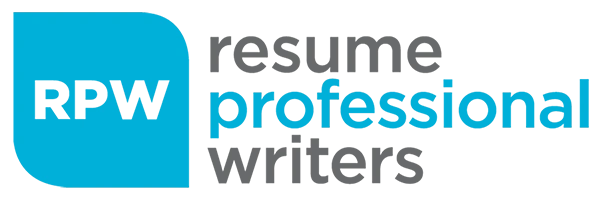In today’s competitive job market, your resume has mere seconds to make the right impression. According to recent studies, hiring managers spend an average of just 7.4 seconds reviewing a resume initially. But here’s what’s even more crucial: 76% of resumes are rejected due to preventable mistakes. In this comprehensive guide, we’ll explore the most critical resume mistakes that could be holding you back from landing your dream job – including several subtle errors that even experienced professionals often overlook.
Why Resume Mistakes Matter More Than Ever
The job market has evolved dramatically in recent years. With the rise of Applicant Tracking Systems (ATS) and increasingly competitive talent pools, even minor resume mistakes can have significant consequences. Consider these statistics:
- 99% of Fortune 500 companies use ATS software to screen resumes
- 75% of qualified candidates are rejected by ATS due to formatting issues
- 88% of hiring managers say they’ve rejected candidates due to spelling and grammar errors
These numbers tell a clear story: attention to detail isn’t just preferred – it’s essential.

Format and Design Mistakes
1. Inconsistent Formatting
One of the most common yet overlooked mistakes is inconsistent formatting. This includes:
- Mixed font styles and sizes
- Inconsistent bullet point styles
- Varying date formats
- Irregular spacing between sections
Solution: Choose one formatting style and stick to it throughout. Create a style guide for your resume and review it for consistency.
2. Poor Visual Hierarchy
Your resume’s layout should guide the reader’s eye to the most important information. Common mistakes include:
- Lack of clear section breaks
- Too much dense text
- No white space
- Important information buried in paragraphs
Solution: Use bold headers, strategic white space, and bullet points to create clear visual hierarchy.
3. Inappropriate Length
Whether too long or too short, incorrect resume length can hurt your chances:
- Multiple pages for entry-level positions
- Single page for extensive executive experience
- Cramped formatting to fit arbitrary length limits
Solution: Aim for 1-2 pages depending on experience level, using appropriate formatting and concise writing to achieve the right length.
Content and Language Errors
4. Generic Statements and Buzzwords
Vague descriptions and overused terms diminish your impact:
- “Team player”
- “Detail-oriented”
- “Results-driven”
- “Hardworking professional”
Solution: Replace generic terms with specific achievements and measurable results.
5. Missing Quantifiable Achievements
Many candidates list job duties instead of achievements:
- “Responsible for social media management”
- “Handled customer service”
- “Managed team projects”
Solution: Include specific metrics and results:
- “Grew social media engagement by 150% in 6 months”
- “Maintained 98% customer satisfaction rating across 1,000+ interactions”
- “Led 5-person team to complete $50K project under budget”
6. Grammatical and Spelling Errors
Even minor errors can signal carelessness:
- Typos and misspellings
- Incorrect verb tenses
- Punctuation mistakes
- Subject-verb agreement errors
Solution: Use multiple proofreading methods:
- Professional editing software
- Read aloud
- Print and review
- Third-party proofreading
Technical and ATS-Related Mistakes
7. Poor File Formatting
Technical issues can prevent your resume from being read:
- Saving in incompatible file formats
- Using tables or text boxes
- Including images or graphics
- Complex formatting
Solution: Save as a PDF (unless otherwise specified) and use ATS-friendly formatting.
8. Keyword Optimization Failures
Missing or misusing keywords can lead to ATS rejection:
- Absent job-specific keywords
- Keyword stuffing
- Using abbreviations instead of full terms
- Failing to include industry-standard terminology
Solution: Naturally incorporate relevant keywords from the job description and industry standards.
9. Header and Footer Problems
Critical information can be lost in headers and footers:
- Contact information in headers
- Page numbers in footers
- Important details in text boxes
Solution: Place all essential information in the main body of the resume.
Professional Impact Mistakes
10. Inappropriate Personal Information
Including unnecessary personal details:
- Age or birth date
- Marital status
- Religious affiliations
- Political views
Solution: Focus on professional qualifications and relevant experience only.
11. Outdated or Irrelevant Experience
Including information that doesn’t support your current career goals:
- High school information for experienced professionals
- Outdated technical skills
- Irrelevant hobbies
- Ancient work experience
Solution: Tailor your experience to the job you’re seeking, focusing on the last 10-15 years.
12. Missing or Inappropriate Contact Information
Contact information errors can prevent callbacks:
- Unprofessional email addresses
- Missing phone numbers
- Outdated contact information
- Multiple conflicting addresses
Solution: Use a professional email address and verify all contact information is current and consistent.
13. Social Media Mistakes
Poor social media integration can hurt your chances:
- Missing LinkedIn profile
- Broken URLs
- Inconsistent professional information
- Unprofessional social media presence
Solution: Include relevant, professional social media profiles and ensure they align with your resume.
14. Lack of Industry-Specific Requirements
Missing crucial industry elements:
- Required certifications
- Specific technical skills
- Industry-standard formatting
- Professional affiliations
Solution: Research industry standards and include all relevant qualifications.
15. Professional Summary Mistakes
Poor or missing professional summaries:
- Generic objectives
- Too lengthy summaries
- Missing key qualifications
- Irrelevant information
Solution: Create a concise, targeted summary that highlights your most relevant qualifications and achievements.
Moving Forward: Creating a Flawless Resume
Your resume is more than just a document – it’s your professional story and your ticket to new opportunities. By avoiding these critical mistakes and implementing the solutions we’ve discussed, you can significantly improve your chances of landing interviews.
Take Action Today:
- Download our Resume Mistake Checklist [Download Link]
- Review your current resume against each point we’ve covered
- Implement the suggested solutions
- Consider professional review services if needed
Remember: Excellence isn’t about perfection – it’s about continuous improvement. Start with one section at a time, and you’ll be well on your way to creating a compelling, error-free resume that opens doors to new opportunities.
Pro Tips for Success:
- Update your resume regularly, even when not job hunting
- Keep a master list of achievements and metrics
- Save multiple versions for different job types
- Get professional feedback when possible
Need professional help with your resume? Check out our resume writing services for expert assistance in crafting a winning resume.








